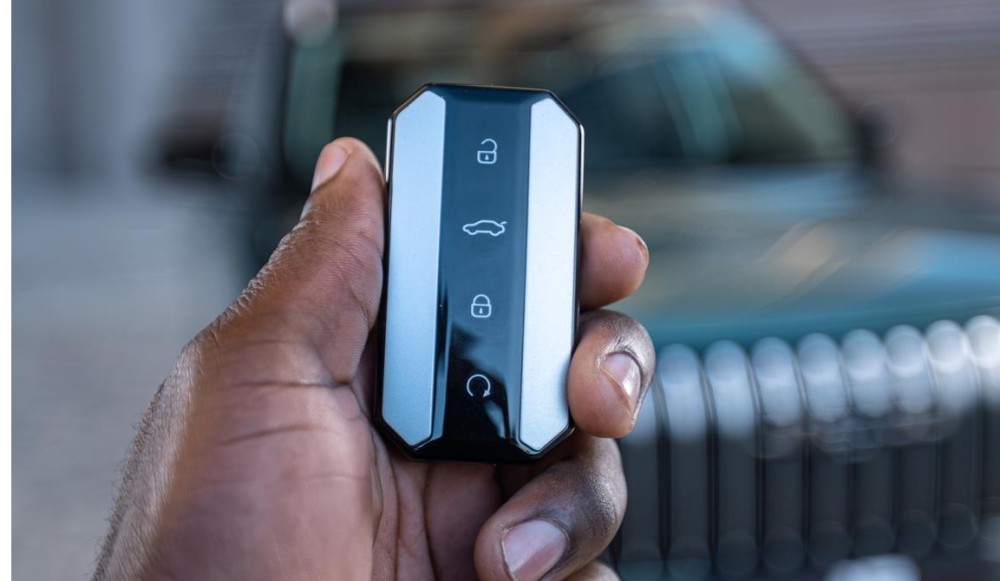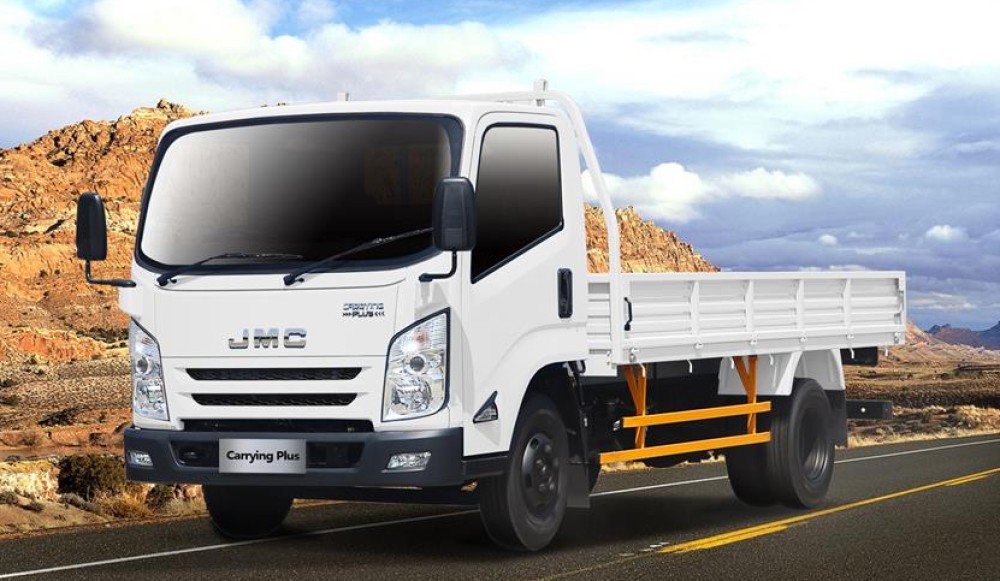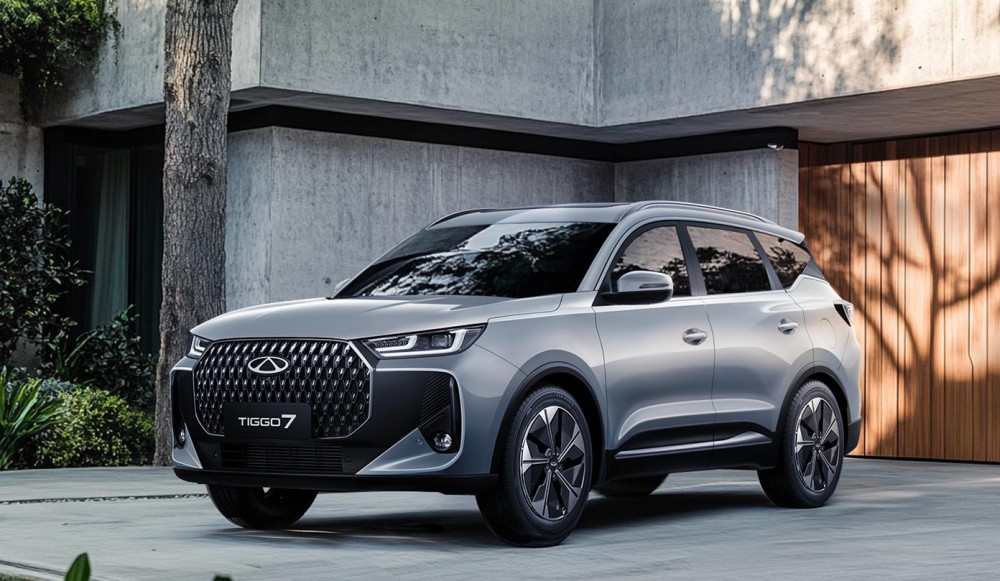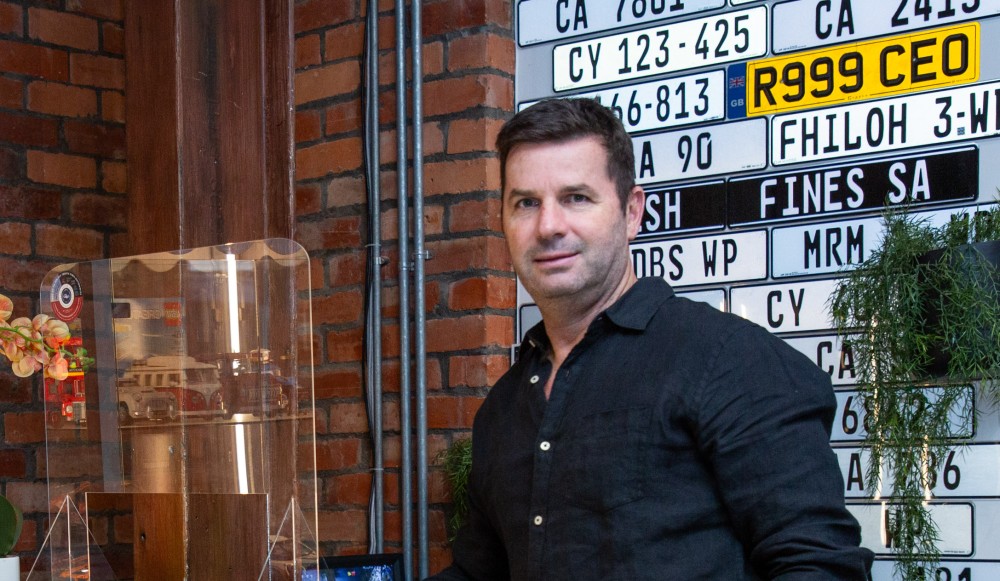Countersteering, a technique where a driver steers momentarily opposite to the intended direction of a turn, remains a critical yet understated skill in road safety. Originally honed by cyclists and motorcyclists to navigate high-speed bends, its principles are now under scrutiny as engineers seek to replicate this human intuition in autonomous vehicles.
For motorcyclists, countersteering is second nature. By applying subtle pressure to the handlebars in the opposite direction of a turn, riders initiate a lean, allowing precise control during sharp manoeuvres or emergency scenarios. This method, rooted in target fixation principles — where focusing on an obstacle risks colliding with it — helps redirect both attention and vehicle trajectory away from hazards.

No articial intelligence needed to find the best deals in pre-owned cars - click here
Yet translating this split-second decision-making into artificial intelligence (AI) systems has proven complex. Autonomous vehicles rely on algorithms to process real-time data from cameras, LiDAR, and sensors. However, mimicking the instinctive balance of countersteering — adjusting a vehicle’s centre of mass while maintaining stability — requires layers of contextual understanding that challenge even advanced machine learning models.
Traditional AI algorithms excel at predefined tasks but falter when confronted with dynamic scenarios requiring adaptive reasoning. Countersteering demands rapid analysis of road conditions, vehicle speed and weight distribution, all while executing millisecond adjustments. Researchers note current systems lack the “tactile intuition” human drivers develop through experience, such as judging road surface grip or anticipating a pedestrian’s sudden movement.
To bridge this gap, engineers are integrating sensor fusion technologies, combining visual, tactile and spatial data to enhance AI responsiveness. Innovations like proportional-integral-derivative (PID) controllers are being tested to refine steering precision, while simulations in controlled environments help train systems to replicate human-like reflexes.

Need finance – click here for the very best finance deals for your new car
The automotive industry’s push towards autonomy hinges on resolving such challenges. AI-driven steering systems already employ redundant architectures and edge computing — processing data locally to minimise latency — to enhance safety. For instance, Tesla’s Full Self-Driving and Waymo’s autonomous taxis use neural networks to interpret complex traffic scenarios, yet inconsistencies persist in handling abrupt turns or slippery conditions.
According to a spokesperson from theInternational Drivers Association: “The interplay between human instinct and machine precision is pivotal. While AI can process vast datasets faster than any driver, it must learn the feel of the road — a nuance that demands more than raw computational power.”
The broader adoption of self-driving vehicles faces hurdles beyond technical limitations. Regulatory frameworks, public scepticism, and ethical dilemmas — such as decision-making in unavoidable collisions — remain unresolved. Meanwhile, advancements in vehicle-to-everything (V2X) communication could enable cars to share real-time data, improving trajectory predictions in dense traffic.
Engineers are also exploring adaptive steering systems for electric vehicles, where torque distribution and regenerative braking alter traditional handling dynamics. These innovations, paired with 5G connectivity, may eventually allow AI to contextualise driving environments more holistically.

Crunch the numbers by using this handy Finance Calculator
Countersteering epitomises the intricate dance between human skill and technological replication. As autonomous vehicle developers strive to perfect this manoeuvre, the journey underscores a broader truth: mastering the road requires not just data, but an almost artistic understanding of physics, risk, and adaptability. For now, human intuition retains an edge—one that engineers are racing to encode into the algorithms of tomorrow.
Colin Windell for Colin-on-Cars in association with
proudly ALL THINGS MOTORING








